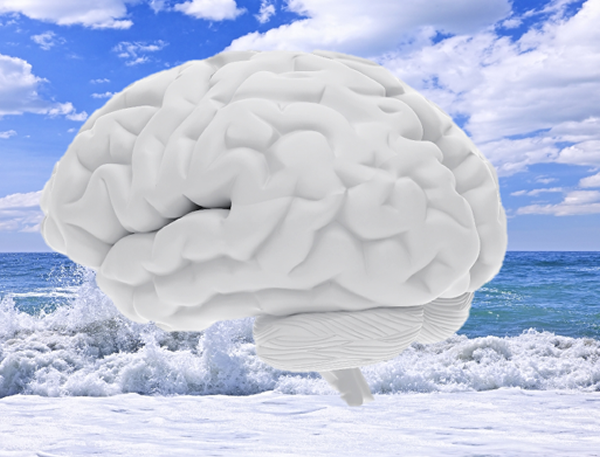ATD Blog
How Your Brain Makes a Logical Purchase Decision (or Not)
Fri Jul 26 2013

Think about the last major purchase decision you made. You probably conducted careful research, compared feature sets, searched for product reviews, sought out the opinion of friends and colleagues, and ultimately, made what you consider to be a logical decision. At least, that’s how you felt during the process. But you might be surprised to learn that the brain processes emotional and purchasing decisions in the same place—making us question just how much emotion factors into any decision involving value.
Recently, two different research teams at Duke discovered that they were studying the same part of the brain to understand two brain functions that were previously thought to be completely unrelated: emotion and neuroeconomics. Neuroeconomics is a new field of study seeking insights into human economic behavior by studying the way the brain processes financial information and makes decisions about buying and selling.
Introducing the vmPFC
The region that is getting all this attention is the vmPFC (ventromedial prefrontal cortex), which is located between the eyes in the front of the brain. By watching this region in action while people are making decisions about value, scientists have discovered that it is active in making such decisions as: “Is this product or service really worth the price I would have to pay to acquire it?”
In answering questions about value, the vmPFC considers some expected factors, such as the cost of one product compared to a similar product with similar features, expected financial benefits from the acquisition and use of the product, and so forth. But it also factors in some less quantifiable considerations, including status, emotional satisfaction, excitement, and small rewards such as snacks or prizes.
So, did you buy that expensive human capital management application because it would give you more hard data about the effectiveness of your leadership development program, or because it would make you feel smarter than your peers? The answer is most likely a bit of both.
Emotions are a necessary part of making decisions
As early as 1994, some neuroscientists were making the case that emotions are a critical part of the brain’s decision-making process. At that time, they discovered that a brain that has been injured and cannot feel emotions also cannot make a decision. Because emotions and logic are linked in our decision-making process, we must allow time for people to process the emotional content related to their decisions.
This fact has implications for change management, mentoring, coaching, purchasing, negotiating, and almost anything that we do as human capital managers. We need to make it safe for our subjects to experience and express emotions, and factor in these considerations in the decision-making process.
Permission to be emotional in the workplace
Every brain is different, but all of us react to our world with an integrated mixture of emotion and logic. There is no single combination of these two components that can be considered ideal, but understanding individual styles may help you predict their behavior in different situations. Expecting employees to check their emotions at the door is just plain silly, and leads to poor decisions, decreased productivity, and lost talent.
Beware of over-automation
There’s a growing interest in using robotics and other automated processes to make many human capital decisions. While some of these applications may represent true advancement in our ability to interpret huge piles of data, I caution you to avoid eliminating emotion altogether from your decision-making process.
Consider the example of how Captain “Sully” Sullenberger let his “gut” and instinct help him make a life-and-death decision to land his plane on the Hudson rather than risk hundreds of fatalities if it had crashed on land. I encourage us all to make a decision right now to open our eyes to the possibilities of honoring the role of emotions in the making of even the most important life-and-death decisions.
Your future success as a human capital professional depends in part on how you decide to apply neuroscience to your work. Before you decide, ask yourself,
“How does this make me feel?”
For more on neuroscience applications for human capital, check out the full blog series here.
